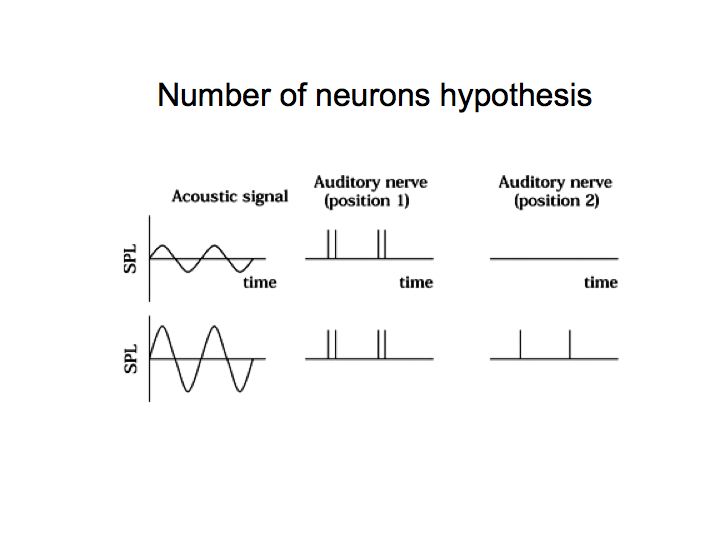
visual) and type of interference (articulatory suppression vs. A significant interaction was observed between task (verbal vs. The auditory imagery task consisted of indicating, for bisyllabic words, the syllable that carried the stress. In contrast, we predicted that performance on a visuospatial control task would be significantly affected by concurrent tapping only. On the basis of models of auditory imagery and working memory, we predicted that, if auditory-verbal imagery is a form of motor imagery, performance on a novel auditory-verbal imagery task would be affected by concurrent articulatory suppression as well as by concurrent finger tapping. The question remains to be answered whether the inner voice mainly involves higher-order language systems, or primarily relies on motor systems associated with articulatory-kinesthetic processing. Smith JD, Wilson M, Reisberg D (1995) The role of subvocalization in auditory imagery.Previous studies have provided evidence for subvocal rehearsal (“inner voice”) and phonological storage (“inner ear”) in auditory-verbal imagery. Reisberg D, Smith JD, Baxter AD, Sonenshine M (1989) Enacted auditory images are ambigous pure auditory images are not. Kosslyn SM (1994) Image and brain the resolution of the imagery debate. Galante E, Tralli A, Zuffi M, Avanzi S (2000) Primary progressive aphasia: a patient with stress assignment impairment in reading aloud. Cogn Sci 25:663–678ĭogil G, Ackermann H, Grodd W, Haider H, Kamp H, Mayer J, Riecker A, Wildgruber D (2002) The speaking brain: a tutorial introduction to fMRI experiments in the production of speech, prosody and syntax. Oxford University Press, Oxfordīuchsbaum BR, Hickok G, Humphries C (2001) Role of left posterior superior temporal gyrus in phonological processing for speech perception and production. In: Heilman KM, Valenstein E (eds) Clinical neuropsychology. Lawrence Erlbaum, Hillsdaleīenson DF (1993) Aphasia. Academic, New Yorkīaddeley A, Logie R (1992) Auditory imagery and working memory.

In: Bower GH (ed) The psychology of learning and motivation: advances in research and theory. Clarendon Press, Oxfordīaddeley A, Hitch G (1974) Working memory. Cereb Cort (in press)īaddeley A (1986) Working memory. Schizophr Res 64:175–185Īleman A, Formisano E, Koppenhagen H, Hagoort P, de Haan EHF, Kahn RS (2004) The functional neuroanatomy of metrical stress evaluation of perceived and imagined spoken words. Neuroreport 12:2601–1604Īleman A, Böcker KBE, Hijman R, de Haan EHF, Kahn RS (2003) Cognitive basis of hallucinations in schizophrenia: top-down mechanisms.

The present findings confirm the role of subvocalization in auditory-verbal imagery and provide evidence for a strong involvement of articulatory-kinesthetic motor processing.Īleman A, Van Lee L, Mantione M, Verkoijen I, De Haan EHF (2001) Visual imagery without visual experience: evidence from congenitally totally blind people. However, both interference conditions affected the verbal task to an equal extent. Tapping affected reaction times on the visual task significantly more than articulatory suppression.

Previous studies have provided evidence for subvocal rehearsal (“inner voice”) and phonological storage (“inner ear”) in auditory-verbal imagery.


 0 kommentar(er)
0 kommentar(er)
